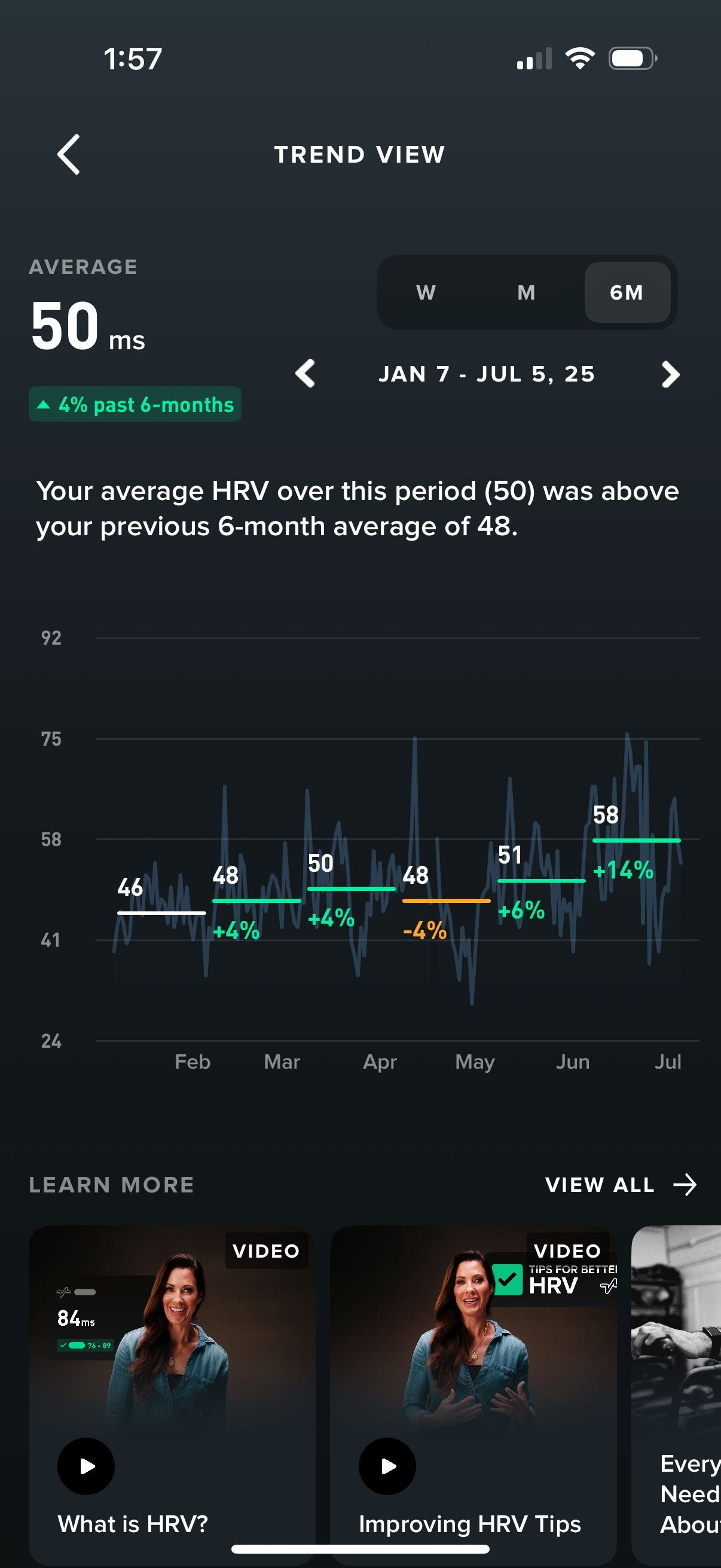End Goals
“Rise and grind” is a common refrain these days. We often hear it as an encouragement to put our heads down and just do the work. However, it's easy to lose sight of what our goals actually are if we spend all our time with our heads down in execution. To be successful, we need to know where we are going. Without a clear destination in mind, we may end up grinding ourselves down without ever achieving what we set out to do. As Yogi Berra supposedly said: “if you don’t know where you’re going, it’s unlikely you will get there.”
To start with the end in mind, we need to first define our destination. This means setting a goal or outcome that we want to achieve. It doesn't have to be extremely detailed or precise early on, but it should be clear enough to guide our actions. At this early stage even a general idea is helpful. It doesn’t have to have the specificity of 11.37° North. A simple “North” is enough to get you moving in the right general direction. For example, if we want to start a successful business, we should think through what that business will look like and what it will accomplish. This could involve creating a business plan, conducting market research, setting specific revenue targets, and crucially identifying the “why” behind the entire endeavor. Just as Socrates said of the unexamined life, the unexamined business is not worth building.
Once we have an idea of our destination, we can begin to plot a course. This is where the second step comes in: identifying the first step. It's important not to get overwhelmed by the sheer number of steps between "here" and "there" at this stage. As the Chinese philosopher Laozi once said, "A journey of a thousand miles begins with a single step." We don't need to have everything figured out right away. We just need to know what the next step is. By taking action, we can build momentum and start making progress towards our destination. Once we take that first step, the second step will become clearer, and so on.
As we continue to take steps towards our goal, we need to stay focused on our destination. It's easy to get distracted or lose sight of what we are working towards. To avoid this, we need to regularly review our progress and assess whether we are still on track. This can involve setting regular checkpoints or milestones to measure our progress, and making adjustments as needed to ensure we stay on course. Being just a few millimeters off with each step can add up to being great distances off course on a long journey. Execute step-by-step, and every now and then, pause to look up and make sure you are staying on the course you set.
At the same time, it's important to be flexible and open to change. Sometimes our goals or circumstances may change, and it's important to be willing to adjust our course as needed. This could involve redefining our destination, taking a different approach, or even abandoning our original goal if it no longer makes sense. We can’t let “past us” tie the hands and feet of the us of today. Deliberately pursuing a destination we no longer want is just as bad as having no destination in mind. In both cases, the work we are doing definitionally will not get us to where we truly want to be.
We need to keep our destination in mind, and we need to give ourselves the grace to change that destination when it makes sense to do so.
And now, time to get moving!











